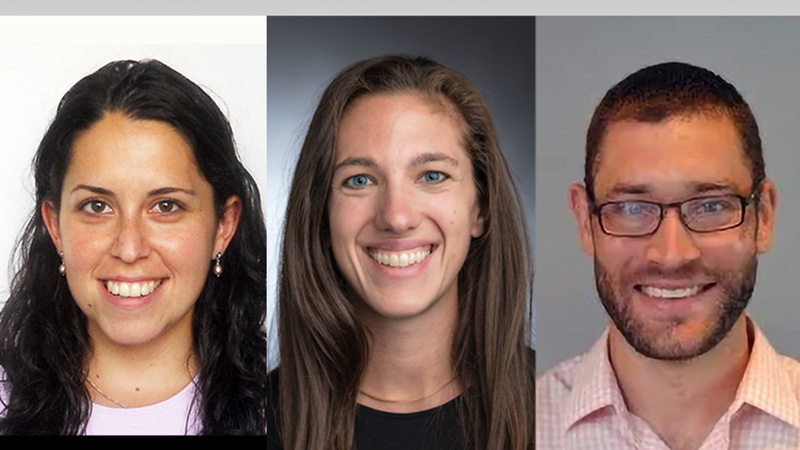 Last weeks New England Journal of Medicine was a treasure trove of geriatrics and palliative care. In addition to the article on outcomes of advanced dementia discussed previously, a second paper examined functional outcomes of nursing home patients who initiated dialysis. This paper, by Manjula Kurella Tamura (pictured), and co-authored by GeriPal’s Ken Covinsky, linked dialysis registry data to activities of daily living measures reported by nursing homes in 3,702 patients . There were several important findings:
Last weeks New England Journal of Medicine was a treasure trove of geriatrics and palliative care. In addition to the article on outcomes of advanced dementia discussed previously, a second paper examined functional outcomes of nursing home patients who initiated dialysis. This paper, by Manjula Kurella Tamura (pictured), and co-authored by GeriPal’s Ken Covinsky, linked dialysis registry data to activities of daily living measures reported by nursing homes in 3,702 patients . There were several important findings:
- 1 year after initiating dialysis, 58% of these nursing home residents had died,
- 29% of subjects had a decline in functional status,
- and only 13% of residents had functional status that was maintained at the pre-dialysis level.
- Functional decline was greatest in the three months prior to and one month after initiation of dialysis.
As noted in the excellent accompanying editorial (first author GeriPal’s Bob Arnold), these death rates resemble those of an advanced cancer. The one-year survival for lung cancer (all stages) is 33% among persons 75 and older, lower but comparable to the 42% 1 year survival of nursing home residents after initiation of dialysis in the Tamura study. The take home point – from a prognostic perspective, these are GeriPals. They are geriatric patients with palliative needs , or palliative patients with geriatric needs, however you want to view it. They are patients with a serious-life limiting illness, progressive functional decline, and a need for multidisciplinary whole person care including counseling communication about goals, values, possible treatment options, and alternatives.
Unfortunately, this is where we run into several stumbling blocks. First, we don’t actually know what the alternative would look like. As noted in both articles, we don’t know how subjects would have fared with conservative management. I’m not exactly sure what conservative management would look like, but I suspect it would be treating symptoms (consequences of fluid overload, uremia). Digression – I cared for a hospice patient last year who chose to stop dialysis. We were checking labs at her request, treating hyperkalemia. She lived for weeks with a creatinine of 17! Her story reminds me of the human body’s remarkable ability to cope and adapt to physiologic derangement. Maybe mortality would be similar with conservative management – it’s possible.
Second stumbling block, learning how to counsel these patients is a frontier area. I have stumbled enough times trying to counsel patients with heart failure or ICDs to know that simply applying the basic palliative care communication principles (Ask-Tell-Ask, etc) to a new population is not enough. You have to really know the clinical course, management, and treatment options for each disease. Further, these patients often have been followed by nephrologists for several months, if not years. We need to work with nephrologists and learn from one another as we figure out how to counsel these patients.
Final stumbling block – the lack of attention in general and research funding in particular for examining communication, quality of life, and other outcomes of older adults with chronic kidney disease. We are fortunate that the National Institute on Aging funded Dr. Tamura and a few other researchers interested in this area. From the palliative care research perspective, we are not so fortunate. In a study by Laura Gelfman and Sean Morrison, guess what percent of NIH grants supporting palliative care research were funded by the National Institute of Diabetes and Digestive and Kidney Diseases (NIDDK) between 2001 and 2005? Zero. Zip. Not a one. I hope that one of you, dear readers, sees this as an opportunity, not a pessimistic testament to NIDDK’s sympathy toward palliative care research.
Because really, I don’t think the answer here is more rehab, earlier rehab, or earlier dialysis. Research into quality of life outcomes of geriatric patients with advanced renal disease who elect not to initiate dialysis should be a high priority. In other words, we need comparative effectiveness research to know more about what the alternative to dialysis looks like, and it can’t be “…or we could do nothing.”



